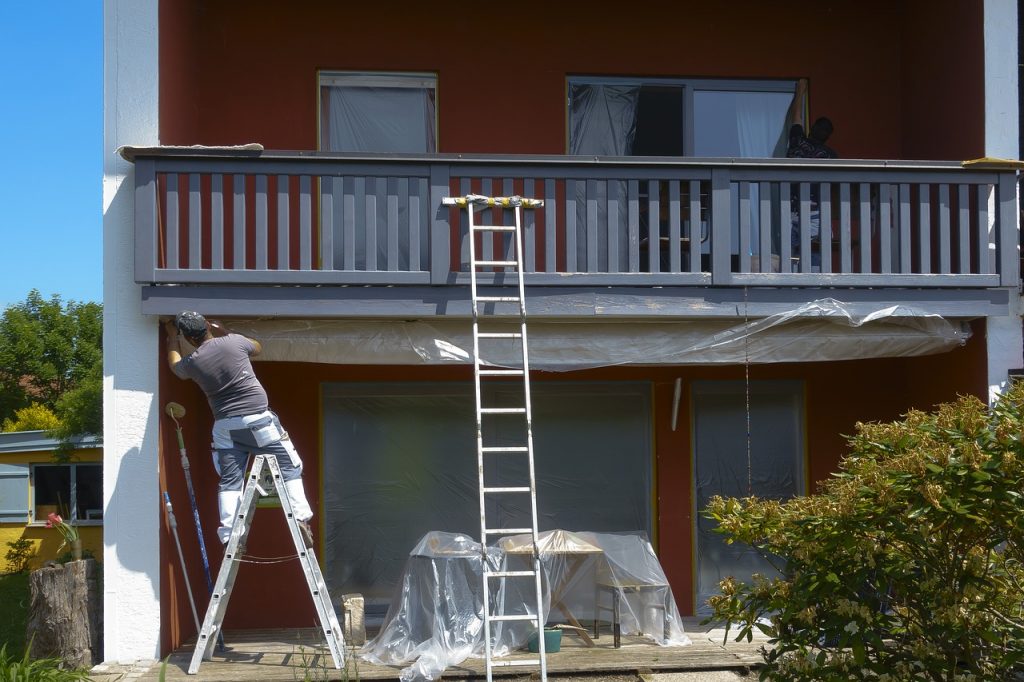The roof forms a major and very important part of your house and can enhance the look of your house. Therefore, it is important to select roofing material with care. But this is not an easy task, given the various types and styles that are available today. The following article is a comprehensive review of the best roofing materials that are available today. Use this information to discuss options with your roofing company.

Asphalt Shingle Roofing
This is the most popular type of roofing material as asphalt shingles are highly affordable. They come in two categories, namely, fiberglass shingles and organic asphalt shingles. While the first type of shingles is light in weight, organic asphalt shingles are heavier.
Pros
- An excellent option for fire protection
- Affordable
Cons
- Less life-span
- Cumbersome to replace
Wood Shingles
Wood, most certainly, adds the element of classic beauty to your façade and roof. Unlike wood shakes, wood shingles are machine cut and therefore, they have a smoother look and a uniform finish.
Pros
- Better insulation in comparison to asphalt.
- Environment-friendly as wood can be recycled.
Cons
- Are more prone to fire than asphalt.
- It can be expensive to repair or replace.
Metal Roofing
While metal roofing has always been around due to its durability, it is now seen as a roofing metal that is eco-friendly as well. It can come in a variety of looks and colors. Most common metal roofing sheets are manufactured using aluminum, steel, and zinc.
Pros
- Stylish, elegant, and long-lasting.
- Light in weight and durable.
Cons
- Metal roofing is one of the most expensive roofing categories.
- It can be noisier during heavy rains.

Roof Tiles
The age-old tradition of building houses with clay tiles is preferred even today. However, today these clay tiles come in concrete and fiber cement versions making them stronger and more durable.
Pros
- These tiles are fire-resistant
- Look graceful and enhance the aesthetics of your home if you have the right style home.
Cons
- Even the newer versions are heavier than most other types of roofing options
- These can be costlier than metal or wood tiles.
Natural and Vinyl Slate Tiles
Natural slate tiles are very durable, but they are heavy and will require additional structural support. They do come in a synthetic vinyl version that is lighter as well as more affordable.
Pros
- Easier to maintain.
- Eco-friendly as it can be recycled.
Cons
- Extremely heavy on the building.
- Needs proper installation else moisture can seep in.
As you can see from the list above, there is no shortage of options. So, before selecting a roofing material, be clear on what you require from it. It is good to be aware of the life-span that you are looking for and whether the material will be suitable for the climate or not. Also, depending upon your budget and specific requirements, you can find a roofing material that is the best match for your building needs. Remember that your roof is exposed to all elements directly, so choose wisely.

